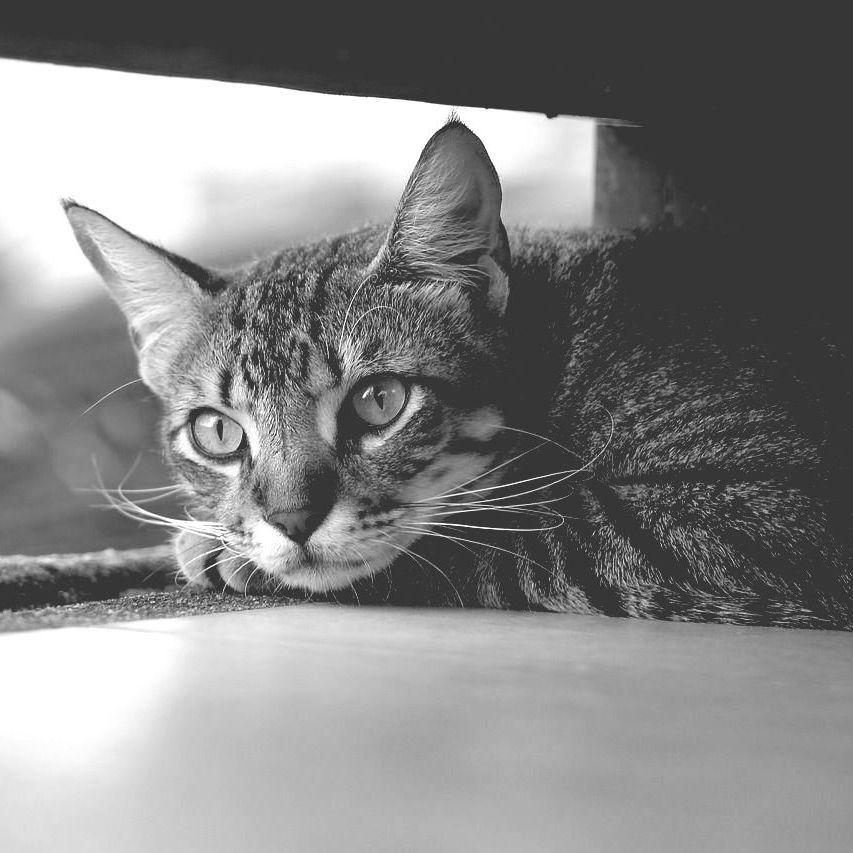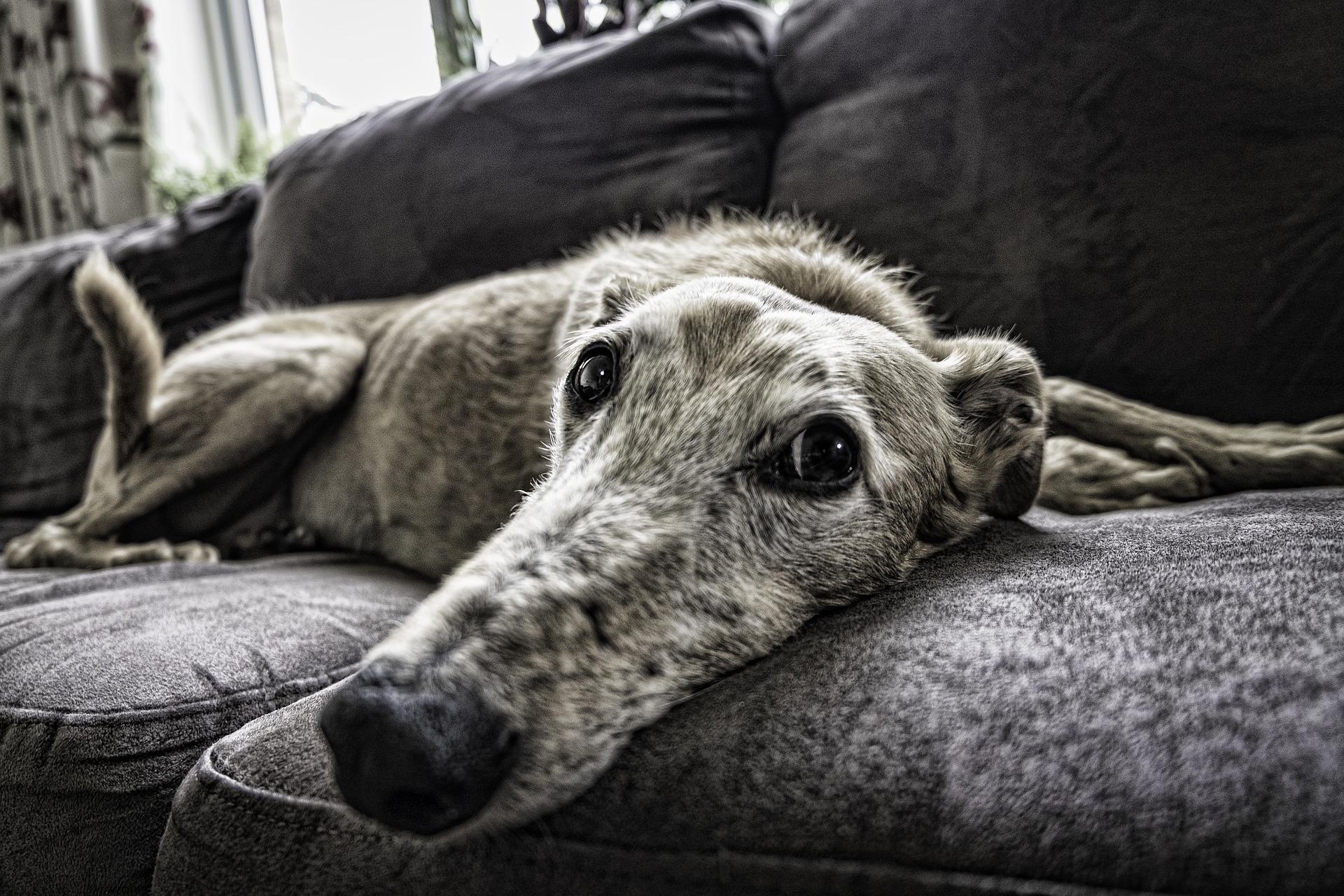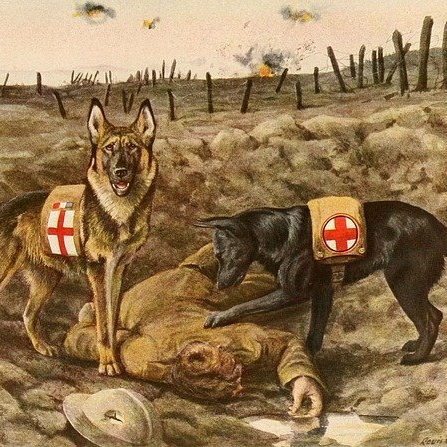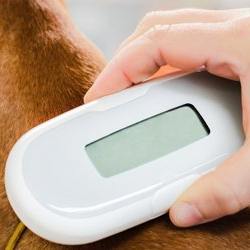Muzzle training your dog
How to get your dog used to wearing a muzzle
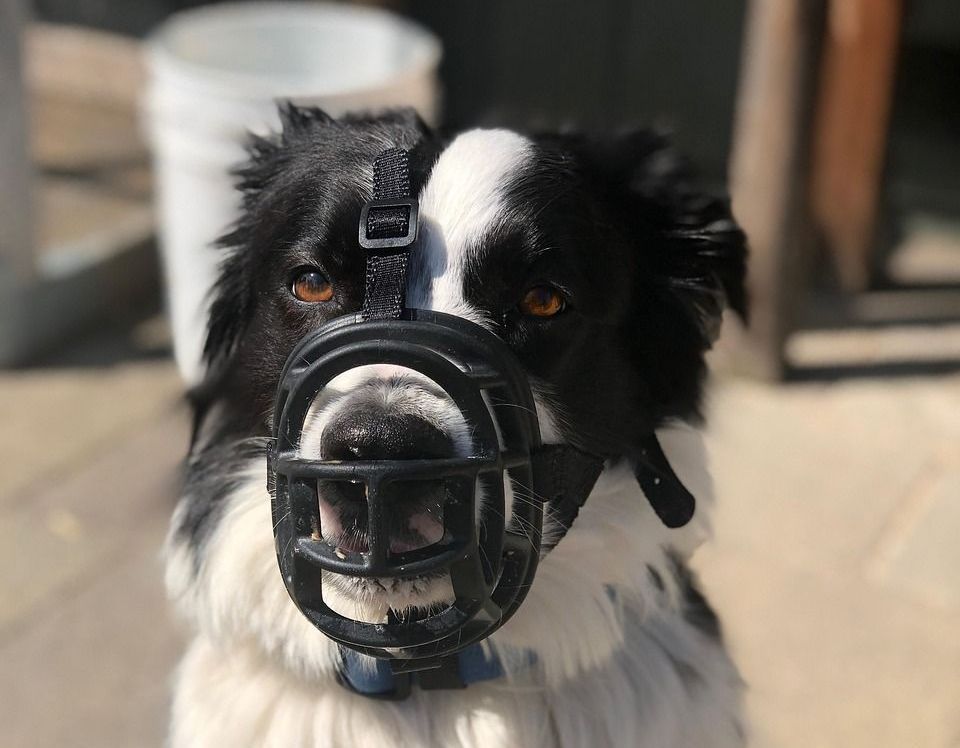
As vets, we see a wide range of behaviours of our canine patients when they come to see us. Most are fairly ambivalent towards our treatment/examinations - a few love coming to see us (whatever we end up having to do to them!), but we do also see some animals that are very frightened or nervous of their veterinary interactions.
These dogs can be extremely challenging to treat as there is a mismatch between what we WANT to do and what we are ABLE to do. In some situations, it may be that we can't do certain things (eg nail clipping or blood samples) or it may be that even doing basic things such as a routine clinical examination or vaccinations.
What is a muzzle for?
A muzzle, is just a physical barrier to stop a nervous/anxious/frightened/aggressive dog from being able to bite someone. It is a very important piece of equipment as it can ensure that we do our job as safely as possible. It is not acceptable for vets or owners to get bitten and it is "not part of our job" - something we hear quite regularly!
What a muzzle does do, is to physically stop people getting hurt. What is doesn't do it actually address the reasons WHY we may need a muzzle in the first place. This is usually fear.
So really - just popping a muzzle on, whilst safer - doesn't make the pet's experience of coming to the vets any better.
It is ok just to put the muzzle on at the vets?
Essentially no. In a dog that is known to need a muzzle, we really don't advise that we utilise the muzzle just in the vets. By the time they are in the consulting room, they are often quite worked up and already in a state of extreme anxiousness. We often find that it can then be very stressful to try and put a muzzle on at this point.
Dogs start to think muzzle = something horrible about to happen.
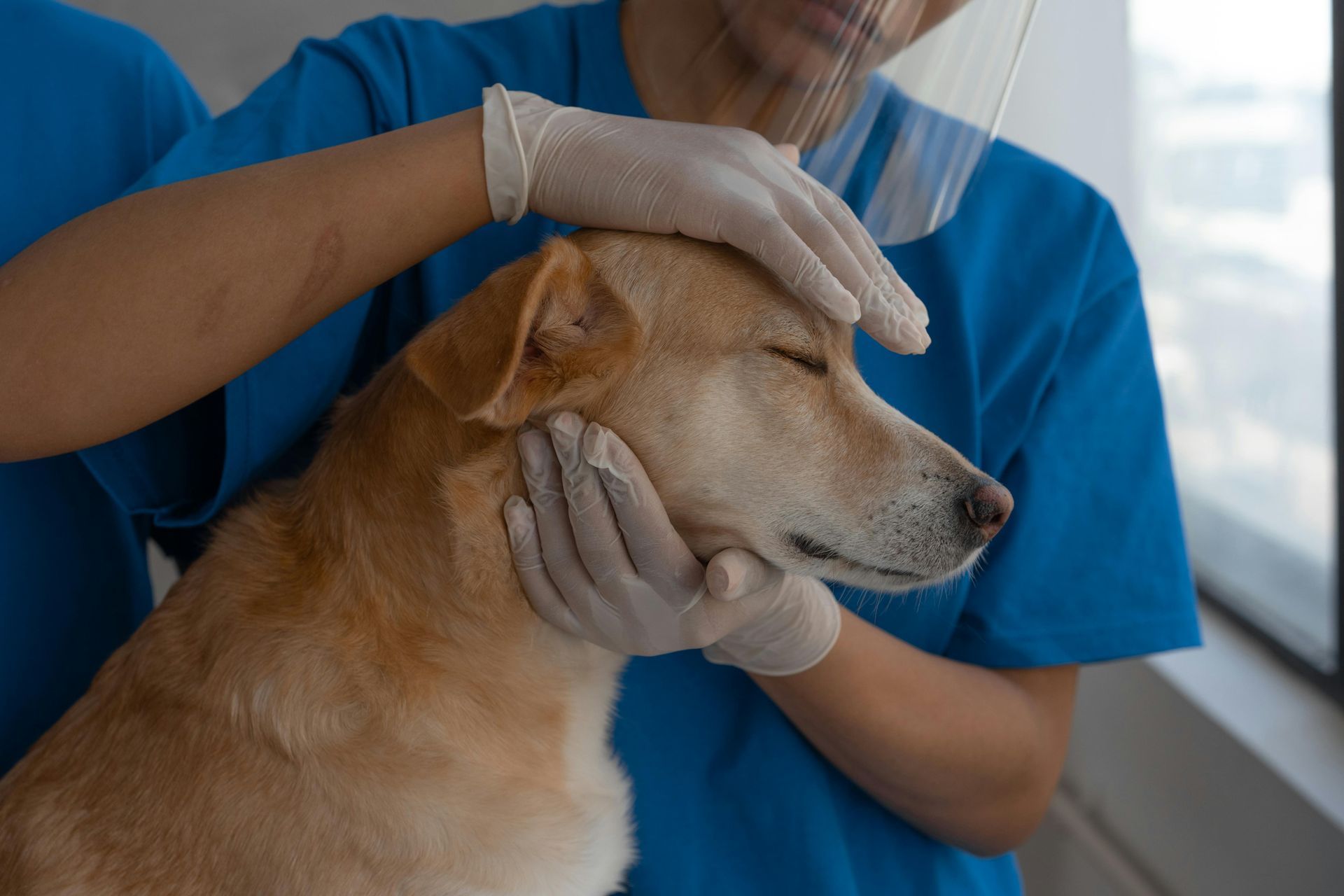
How can we utilise the muzzle better and try to improve these dog's experiences?
Getting dogs used to wearing a muzzle is vital to the success of ongoing care. We usually suggest a few basic steps:
- Getting the dogs used to wearing a muzzle at home and in a non-threatening/veterinary fashion (see below)
- Allowing the muzzle to be on the dog BEFORE they come to the vets.
- The veterinary staff trying to make the experience as positive as possible. This can be further done by:
- Having a clear list of problems.
- Utilising photos/videos that could be taken at home and may be easier to visualise than examining the pet
- Shaving/cutting any fur away at home to allow us to see problems easier in the consulting room.
- Being aware that we may have limited ability to do tests/examinations in some dogs compared to others.
- Prioritise what is necessary versus desired. For example - sampling a possible skin tumour is necessary, whereas nail clipping may not be essential, and could really stress an anxious dog out.
- Utilising "Chill protocol" drugs to minimise fear and facilitate easier handling/examination. THESE DRUGS CAN BE GAME CHANGING FOR MANY PATIENTS.
- Consider waiting the car park, or even asking the vet to start the appointment outside.
- Consider "familiarisation visit" where the pet may come to the surgery when they are well and perhaps just come into the practice, have some fuss and treats with the staff and then go out again without having anything really done to them. This to try and reinforce some positive feelings about coming to the vets!
Muzzle Training
There are some really good training videos below about how to start this process at home.
- https://woodgreen.org.uk/advice/muzzle-training-your-step-by-step-guide/
- https://www.pdsa.org.uk/pet-help-and-advice/looking-after-your-pet/puppies-dogs/muzzle-training
- https://www.bluecross.org.uk/advice/dog/dogs-and-muzzle-training
If you need further support - feel free to come and talk to one of our nurses AHEAD of your appointment so we can best advise you on how we can all get the best out of the veterinary care that we offer.
Please be aware, that the safety of our staff, as well as you as owners and other people/pets in the building, is absolutely paramount. We are quite within our rights to refuse to examine/treat dogs that we deem are not safe to do so.
Any client who refuses to allow us to muzzle their pet, or can't get a muzzle on their pet themselves,
may be asked to leave and come back another day with "chill medication" on board. In extreme circumstances, or cases of non-compliance, clients may be de-registered from our practice.

